According to the National Roofing Contractors Association (NRCA), they slap on about 2.5 million new roofs every year in the USA.
When you’re fixing up your home, one thing you can’t skip is a good roof.
Doesn’t matter if you’re building a brand-new house or giving your old one a makeover, knowing the costs for a new roof instaiiation is a big deal.
In this guide, we’ll break it down, talk about what affects the cost, and help you figure out how to plan for your roofing project.
Factors That Affect Roofing Costs
Before we start throwing numbers around, remember that the price tag for a new roof isn’t set in stone. It can jump up or down based on these things:
Roofing Material:
What you pick for your roof matters. Asphalt shingles, metal, tile, slate – they all come at different prices.
Roof Size:
Bigger roofs need more stuff, and that means more money. So, size matters.
Roof Complexity:
A simple roof is easier to work on, which means it can be cheaper. If your roof’s got all sorts of angles and shapes, be ready to pay more.
Tear-off vs. Overlay:
If your old roof needs to be torn off before the new one’s put in, that’s an extra cost compared to just slapping new shingles on top.
Local Labor Rates:
Where you live can jack up or tone down the labor costs. Places with high living costs usually mean high labor prices.
Extras:
If you want fancy stuff like skylights or chimneys, be prepared to open your wallet wider.
The Cost Breakdown
Let’s take a look at where all your roofing money goes:
Materials
For an average home with a roof size of around 2,200 square feet, using asphalt shingles at an average cost of $3.50 per square foot, you’d be looking at around $7,700 for materials.
Labor:
Labor costs can vary by location and complexity, but let’s estimate labor at around 60% of the total cost. So, for our example, that’s approximately $4,620.
Permits and Inspections:
Permit costs can range, but for a typical residential roofing job, it might be around $500.
Tear-off (if necessary):
Tearing off the old roof and disposing of it could cost around $1,500.
Additional Features:
Let’s say you want to add a few extras like new attic insulation for $1,000.
Contingency Fund:
It’s smart to set aside 10% of the total cost for unexpected expenses, so that’s about $1,682.
Mathematical Calculations Of All Roof Installation Costs
Materials ($7,700) + Labor ($4,620) +
Permits and Inspections ($500) + Tear-off ($1,500) +
Additional Features ($1,000) + Contingency Fund ($1,682)
= Approximately $16,002 for a new roof installation on an average-sized home.
Planning for New Roof Installation
To get the right estimate for your roof job, here’s what to do:
Get Quotes:
Talk to a few roofing contractors. They’ll look at your place and give you quotes. Compare them to find the best deal.
Quality Matters:
Don’t cheap out on materials. Good quality stuff lasts longer and can save you money in the long run.
Think Long-term:
Remember, your roof needs care. Budget for ongoing maintenance to keep it in good shape.
Energy-wise:
Energy-efficient roofs can help you save on bills. Think about it when choosing materials.
Financing Help:
If your roof costs more than you can handle upfront, some contractors offer financing options. Check them out.
Why Do You Need a Roof Inspection After Installation?
Checking your roof after it’s installed is a must. Here’s why:
Quality Check:
Even the best roofers can mess up. Inspections make sure the job’s done right and up to standards.
Spotting Problems:
Sometimes, issues aren’t obvious at first. Inspections catch defects or sneaky problems like leaks or bad sealing.
Warranty Rules:
Many roofs come with warranties. To keep yours valid, you often need regular inspections. Skipping them could mean losing out on warranty-covered repairs.
Preventing More Damage:
Early detection stops small problems from turning into huge, expensive ones. Fixing a loose shingle is way cheaper than a full roof replacement.
Safety First:
A post-new roof installation inspection makes sure your roof is safe for you and anyone who’ll work on it in the future.
Longer Life:
Regular inspections and maintenance can make your roof last longer. That’s a money-saver in the long haul.
Insurance Needs:
Some insurance policies want regular roof checkups. Ignoring them might affect your claims if your roof gets damaged.
Energy Saver:
A well-kept roof helps with energy efficiency. Inspections can find spots where you can save on heating and cooling.
Peace of Mind:
Knowing your roof’s good to go lets you relax and enjoy your home without worrying about leaks or problems.
Before Your New Roof Inspection
Before the inspector comes knocking, prep your place:
Timing:
Pick the right time for the inspection. After a big storm or at your roof’s regular checkup time (usually every 1-2 years) works.
Weather Check:
Make sure it’s safe weather for the inspection. Rain or snow can make the roof slippery and dangerous. Go for a dry, clear day.
Get a Pro:
Go for a pro roofer or inspector. Check if they’re qualified and have good references.
Easy Access:
Clear the way for the inspector to get to your roof safely. If they need to check the attic, make sure they can get in.
Safety Gear:
Make sure the inspector uses safety gear like harnesses and helmets.
Info and Docs:
Share any roof-related papers you have, like warranties, past inspection reports, or maintenance records.
Your Concerns:
Tell them about any problems you’ve noticed, like leaks or missing shingles. They can focus on those areas.
Keep Others Safe:
Keep pets and kids away while the inspection happens. It’s for their safety.
Questions Ready:
Have your questions ready. The inspector can answer them during or after the checkup.
Budget Plan:
Know your budget for any fixes that might come up. It helps you be prepared.
Time Estimate:
Ask how long the inspection will take. It helps you plan your day.
Remember, combining DIY checks with professional roof inspections every now and then can save you money and keep your roof in good shape. It’s all about finding a balance that works for you and your home.
Final Thoughts
Okay, so here’s the deal with roof stuff: whether you’re building or fixing, knowing the cost of a new roof is super important. It ain’t a one-size-fits-all situation.
A bunch of things mess with the price tag, like what materials you want, how big your roof is, and if it’s a plain Jane or a crazy complex shape.
Also, if your old roof’s gotta go, that’s extra cash. Labor, permits, inspections, and extra stuff like skylights add to the bill too.
So, keep a bit extra for surprises, and remember, a good roof matters! Contact Mr.Roofer for all your roofing needs.
What should I do if the inspection reveals issues with my new roof?
If issues are identified during the inspection, it’s crucial to address them promptly. Consult with a roofing professional to determine the necessary repairs or maintenance to prevent further damage
Will a new roof inspection affect my warranty?
Some roofing warranties require regular inspections to remain valid. It’s essential to review your warranty terms and ensure you comply with any inspection requirements to preserve your warranty.
How much does a new roof inspection cost?
The cost of a new roof inspection can vary depending on your location and the extent of the inspection. On average, it may range from $100 to $500. However, some roofing companies offer free inspections, especially if they installed the roof.
Can I inspect my new roof myself?
While you can perform visual checks from the ground, a professional inspection is recommended. Roofing professionals have the expertise and safety equipment needed to conduct a comprehensive inspection.
What does a new roof inspection typically involve?
A new roof inspection involves a thorough examination of the roof’s condition. This includes checking for loose or missing shingles, signs of leaks, proper flashing and ventilation, and assessing the overall structural integrity.
Is a roof inspection necessary for a new roof?
Yes, even new roofs should be inspected. This helps identify any installation issues, potential defects, or hidden problems that may have arisen during the installation process.
How often should I have my new roof inspected?
It’s generally recommended to have a new roof inspected at least once a year, especially after extreme weather events. However, the frequency can vary based on factors like your location, roofing material, and specific circumstances.

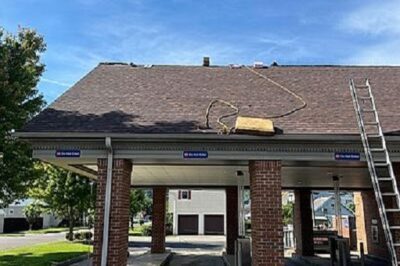
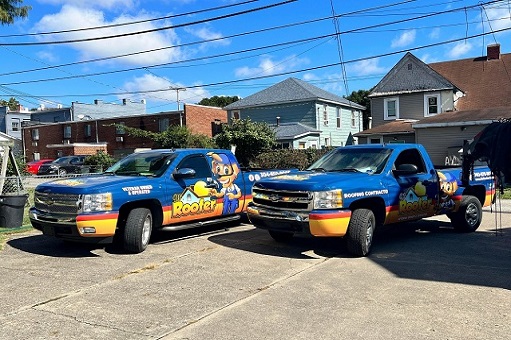
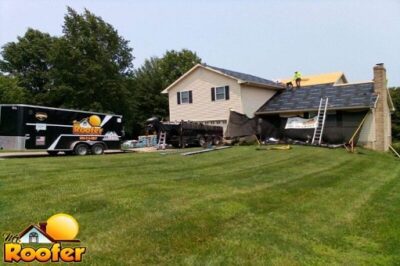
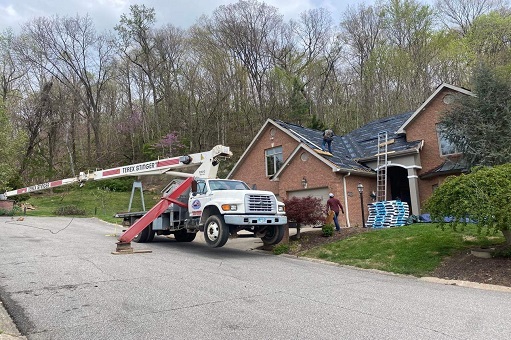
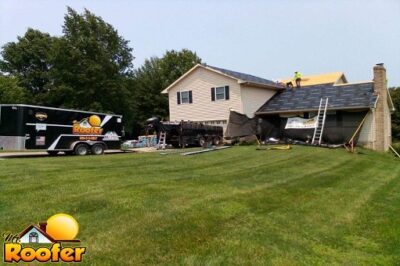
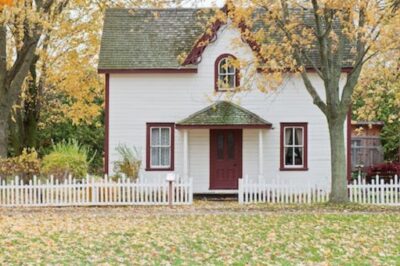
0 Comments